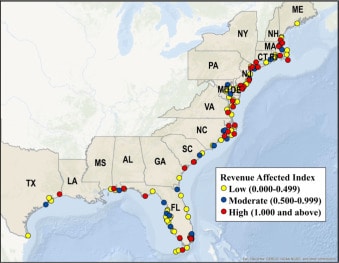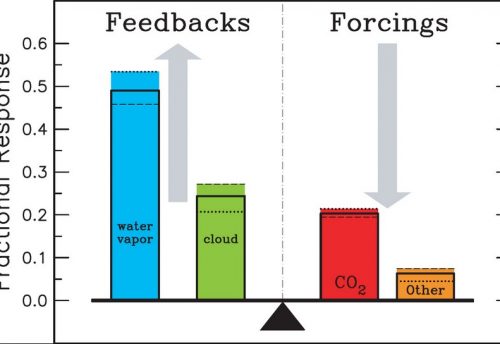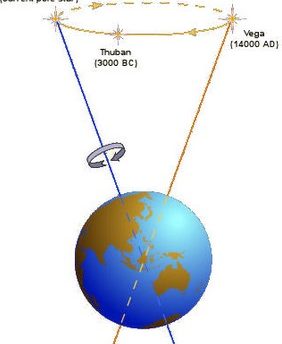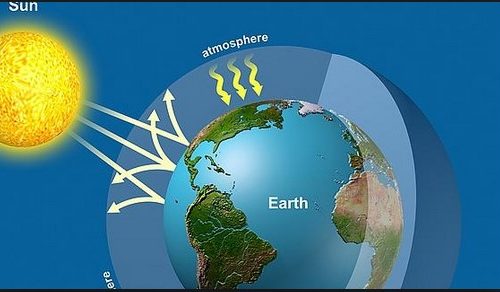
Sections 3.2.1.1 to 3.2.1.4 aim to provide only an overview of the standard practises observed in the collection of climate data. For a fuller account, the reader is referred to Linacre (1992).
3.2.1.1. Measurement of Temperature
Many surface air temperature records extend back to the middle part of the last century. The measurement of the surface air temperature is essentially the same now as it was then, using a mercury-in-glass thermometer, which can be calibrated accurately and used down to -39C, the freezing point of mercury. For lower temperatures, mercury is usually substituted by alcohol. Maximum and minimum temperatures measured during specified time periods, usually 24 hours, provide useful information for the construction and analysis of temperature time series. Analysis involves the calculation of averages and variances of the data and the identification, using various statistical techniques, of periodic variations, persistence and trends in the time series (Mitchell et al., 1966; Barry & Perry, 1973). This is discussed further in section 3.2.3.
Observations of temperature from surface oceans are also collected in order to construct time series. In recent decades, much effort has also been directed towards the measurement of temperature at different levels in the atmosphere. There are now two methods of measuring temperatures at different altitudes: the conventional radiosonde network; and the microwave-sounding unit (MSU) on the TIROS-N series of satellites. The conventional network extends back to 1958 (Angell, 1988) and the MSU data to 1979 (Spencer & Christy, 1990).
Temperature is a valuable climate element in climate observation because it directly provides a measure of the energy of the system under inspection (see Equation 3, section 1.2.3). For example, a global average temperature reveals information about the energy content of the Earth-atmosphere system. A higher temperature would indicate a larger energy content. Changes in temperature indicate changes in the energy balance, the causes of which were discussed in chapters 1 and 2. Variations in temperature are also subject to less variability than other elements such as rainfall and wind. In addition, statistical analysis (see section 3.2.3) of temperature time series is often less complex than that associated with other series. Perhaps most importantly of all, our own perception of the state of the climate are intimately linked to temperature.
reveals information about the energy content of the Earth-atmosphere system. A higher temperature would indicate a larger energy content. Changes in temperature indicate changes in the energy balance, the causes of which were discussed in chapters 1 and 2. Variations in temperature are also subject to less variability than other elements such as rainfall and wind. In addition, statistical analysis (see section 3.2.3) of temperature time series is often less complex than that associated with other series. Perhaps most importantly of all, our own perception of the state of the climate are intimately linked to temperature.




Leave a Reply